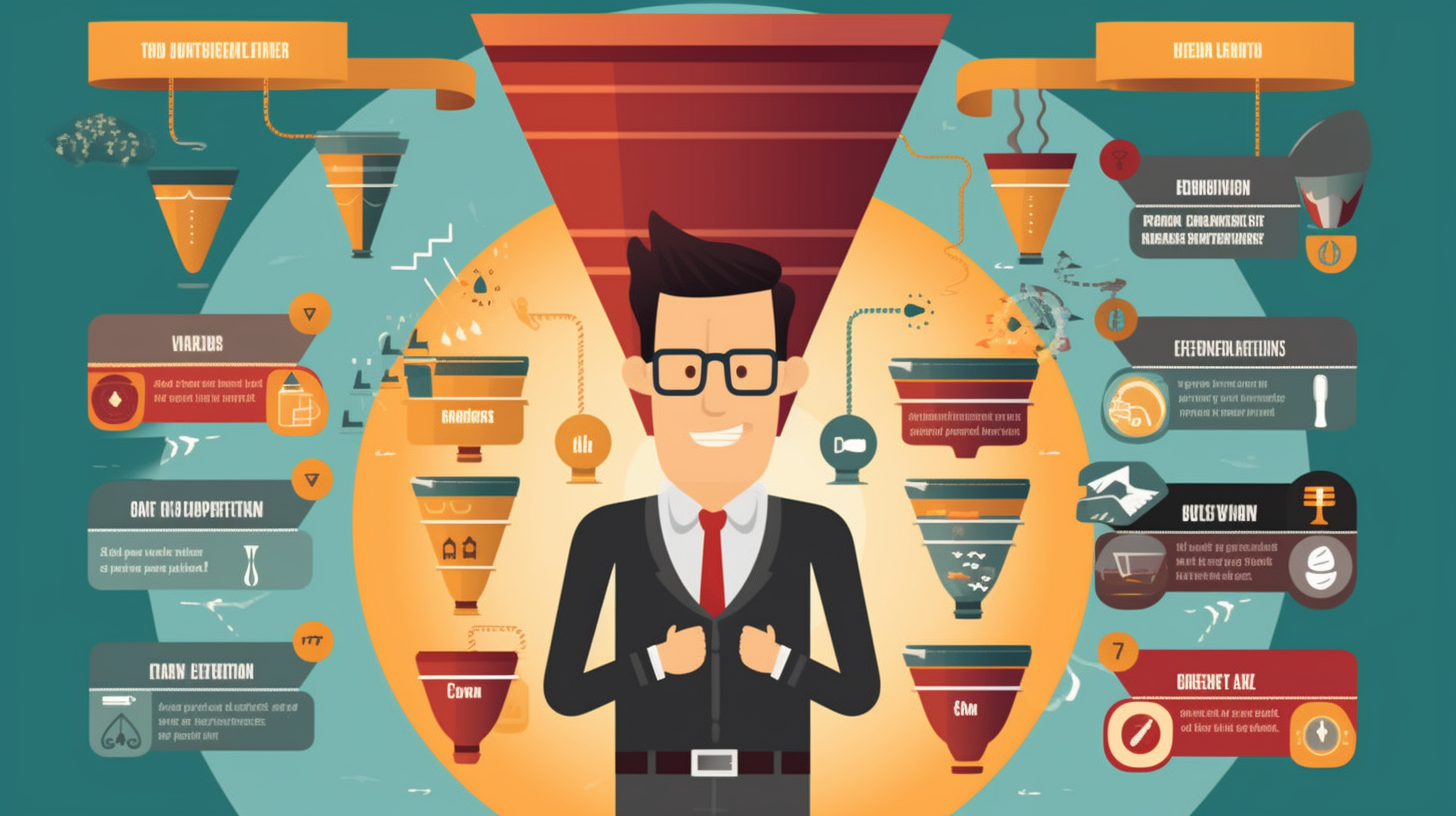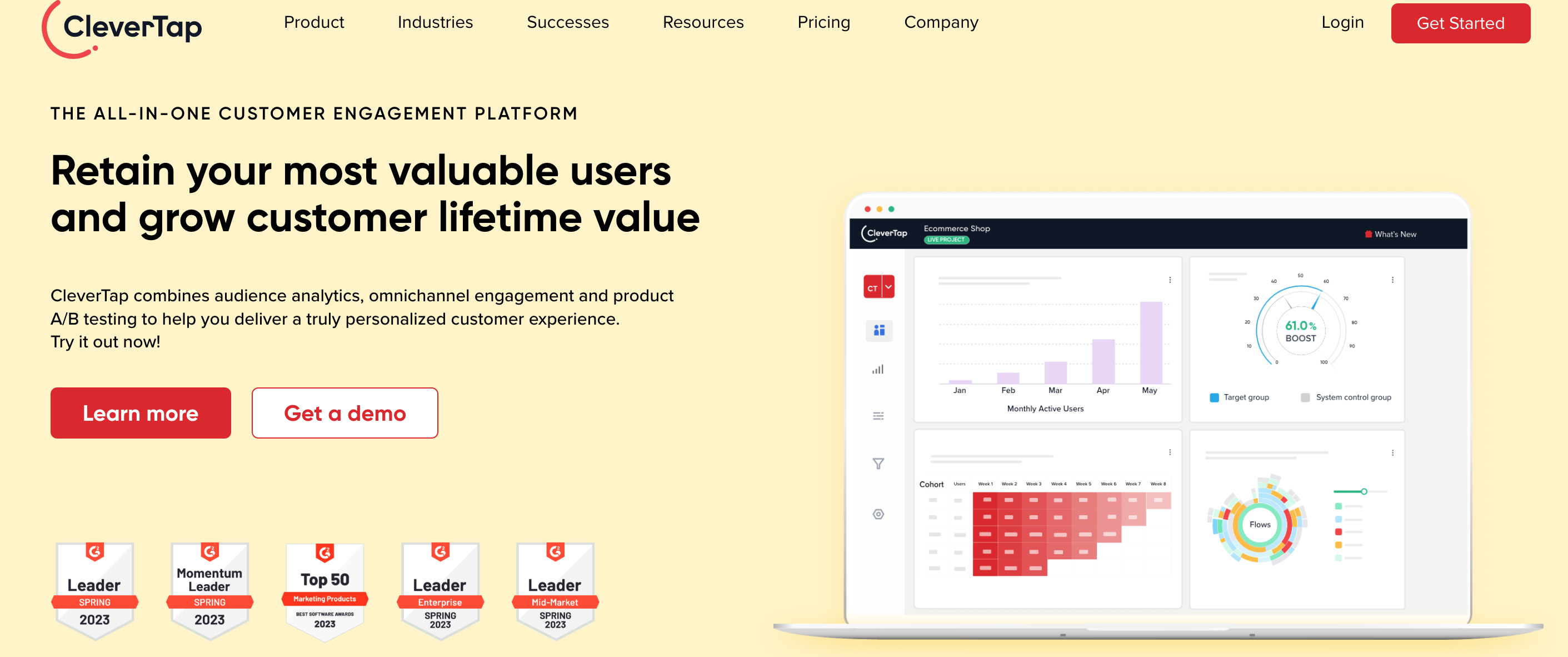Optimizing Your Sales Funnel for Long-Term Success
Table of Contents
In today’s competitive business landscape, a well-optimized sales funnel is crucial for sustainable growth and profitability. By understanding the stages optimizing a sales funnel, implementing effective strategies, and continuously optimizing your approach, you can maximize conversions, increase customer engagement, and drive revenue.
This article will provide a comprehensive guide to sales funnel optimization, covering key concepts, strategies, and best practices.
Understanding the Sales Funnel:The sales funnel represents the journey that potential customers go through, from initial awareness to making a purchase decision. It consists of several stages that require specific marketing and sales efforts to guide prospects through the process.
Importance of Sales Funnel Optimization:Optimizing your sales funnel offers numerous benefits, such as increased conversion rates, improved customer engagement, and higher revenue. It allows you to identify areas of improvement, align your marketing efforts with customer needs, and enhance the overall customer experience.
Stages of the Sales Funnel:
- Awareness: This stage focuses on creating brand awareness and capturing the attention of your target audience. Effective strategies include content marketing, social media advertising, and search engine optimization.
- Interest: Once prospects are aware of your brand, it’s essential to nurture their interest and build relationships. Strategies like lead magnets, email marketing campaigns, and personalized content can be effective in this stage.
- Decision: In the decision stage, prospects are evaluating your product or service against competitors. Providing compelling information, testimonials, and social proof can help them make a favorable purchasing decision.
- Action: The final stage is where prospects take action and make a purchase. Streamlining the buying process, offering incentives, and providing exceptional customer support can encourage conversions.
Buyer’s Journey through the Sales Funnel

Understanding the buyer’s journey is crucial for effective sales funnel optimization. By mapping out customer touchpoints and aligning marketing efforts at each stage, you can provide a seamless experience that guides prospects towards conversion. This involves identifying the different stages of the buyer’s journey, such as awareness, consideration, and decision-making, and tailoring your messaging and strategies accordingly.
For example, in the awareness stage, you may focus on creating brand awareness and capturing the attention of your target audience. In the consideration stage, you can provide more detailed information and address their specific needs. Finally, in the decision-making stage, you can emphasize the value and benefits of your product or service to encourage the conversion.
Ignite your sales funnel’s potential! Attend the FREE vipearner.com webinar with Vick Strizheus. Limited spots available! Join Today!
Key Metrics and KPIs to Measure Sales Funnel Performance
To gauge the effectiveness of your sales funnel, it’s important to track key metrics and key performance indicators (KPIs). These metrics provide insights into the health of your funnel and help you identify areas for improvement.
Examples of key metrics and KPIs to measure include conversion rates, which measure the percentage of leads that progress through each stage of the funnel, lead quality, which assesses the relevance and qualification of your leads, average deal size, which indicates the average value of your deals, and customer lifetime value, which measures the long-term value derived from each customer.
By analyzing these metrics, you can identify bottlenecks, optimize your funnel, and make data-driven decisions to enhance your overall sales performance.
Creating an Effective Sales Funnel
To optimize your sales funnel, you need to implement a range of strategies and tactics.
Identifying Target Audience and Buyer Personas:
Clearly defining your target audience and creating buyer personas helps tailor your marketing messages and offerings to their specific needs. By understanding the demographics, pain points, motivations, and preferences of your ideal customers, you can create targeted marketing campaigns and deliver personalized experiences.
Mapping Customer Journey:
Mapping the customer journey helps identify touchpoints and interactions throughout the sales funnel, enabling you to provide personalized experiences. By understanding the steps customers go through, from initial awareness to final purchase, you can design relevant marketing campaigns, optimize each stage of the funnel, and ensure a cohesive customer experience. Unleash sales funnel success! Join Vick Strizheus in a FREE vipearner.com webinar, no signup required. Click to watch! Get Access!
Lead Generation Strategies:
Implement various lead generation techniques such as content marketing, social media advertising, and SEO to attract and capture potential customers. Content marketing involves creating valuable and informative content that addresses the needs and challenges of your target audience, positioning your brand as a trusted resource.
Social media advertising helps reach a wider audience and engage with potential customers on platforms like Facebook, Instagram, and LinkedIn. SEO techniques optimize your website’s visibility in search engine results, increasing organic traffic and lead generation.
Content Marketing:
Creating valuable and engaging content is a powerful strategy to educate prospects, build trust, and establish your brand as an industry authority. This can include blog posts, videos, ebooks, whitepapers, webinars, and case studies.
The key is to provide valuable information, address common pain points, and showcase the benefits of your products or services. Content should be tailored to each stage of the buyer’s journey, ensuring relevance and capturing the attention of your target audience.
Social Media Marketing:
Utilize social media platforms to connect with your audience, foster engagement, and drive traffic to your sales funnel. Social media marketing involves creating a strong presence on platforms like Facebook, Twitter, Instagram, LinkedIn, or TikTok, depending on your target audience. You can share valuable content, interact with your audience, run targeted ads, and leverage social listening to understand and respond to customer needs.
Paid Advertising:
Strategically invest in paid advertising channels to reach a wider audience and generate leads. This can include search engine ads, display ads, or social media ads. Paid advertising allows you to target specific demographics, interests, and behaviors, increasing the visibility of your brand and driving traffic to your sales funnel. It’s essential to define clear goals, set a budget, and continually monitor and optimize your ad campaigns for maximum impact.
Email Marketing:
Implement effective email marketing campaigns to nurture leads, deliver targeted content, and drive conversions. Email marketing allows you to stay in touch with your audience, build relationships, and guide prospects through the sales funnel.
By segmenting your email list and personalizing your messages, you can deliver relevant content, offers, and promotions that resonate with your subscribers. (Learn how to automate this process here)
It’s important to focus on building a quality email list, crafting compelling subject lines, and optimizing your emails for deliverability and engagement. Optimize your sales funnel with Vick Strizheus! Register for the FREE vipearner.com webinar. Just click and watch! Reserve Your Spot!
Lead Nurturing Techniques:
Employ lead nurturing strategies such as personalized emails, automated workflows, and targeted offers to guide prospects through the sales funnel. Lead nurturing involves providing relevant and valuable information to prospects at each stage of their journey, addressing their specific needs and concerns.
By nurturing leads, you can build trust, establish credibility, and increase the likelihood of conversion. Automation tools, such as marketing automation platforms, can help streamline and personalize the lead nurturing process.
Conversion Optimization Strategies:
Continuously optimize your sales funnel through compelling call-to-actions, landing page optimization, A/B testing, and user experience enhancements. Conversion optimization aims to increase the percentage of visitors who take the desired action, whether it’s making a purchase, filling out a form, or signing up for a newsletter.
By analyzing user behavior, testing different elements, and making data-driven improvements, you can enhance the conversion rate and maximize the effectiveness of your sales funnel.
Analyzing and Tracking Customer Behavior:

Utilize analytics and tracking tools to analyze customer behavior, identify bottlenecks and drop-off points, and make data-driven decisions for optimization. By monitoring key metrics, such as website traffic, page views, bounce rates, and conversion rates, you can gain insights into customer preferences, preferences, and pain points.
This data enables you to identify areas for improvement and implement targeted strategies to enhance the customer experience and drive conversions. Learn from the sales funnel expert! Attend the FREE vipearner.com webinar with Vick Strizheus. Just click and watch! Sign up today!
Retargeting and Re-marketing Strategies:
Implement retargeting and remarketing campaigns to re-engage prospects who have shown interest but haven’t converted. Retargeting involves displaying ads to individuals who have previously visited your website or interacted with your brand, reminding them of your offerings and encouraging them to return.
Remarketing, on the other hand, involves reconnecting with previous customers and encouraging repeat purchases. These strategies can help you stay top-of-mind and increase conversion rates by targeting individuals who are already familiar with your brand.
Implementing Marketing Automation Tools:
Utilize marketing automation platforms to streamline processes, automate personalized communications, and improve overall efficiency. Marketing automation allows you to automate repetitive tasks, such as lead nurturing emails, social media scheduling, and data tracking, freeing up time for more strategic initiatives.
By leveraging automation tools, you can deliver personalized experiences at scale, nurture leads more effectively, and improve the overall effectiveness of your sales funnel.
Improving Customer Retention and Loyalty:
Implement strategies to enhance customer retention and loyalty, such as post-purchase follow-ups, loyalty programs, and personalized experiences. Building strong relationships with existing customers is essential for long-term success.
By providing exceptional customer service, anticipating needs, and rewarding loyalty, you can foster customer satisfaction and advocacy. This leads to repeat purchases, positive word-of-mouth, and increased customer lifetime value.
Monitoring and Analyzing Key Performance Indicators (KPIs):
Continuously monitor and analyze key performance indicators to track the effectiveness of your sales funnel optimization efforts. Key metrics and KPIs to monitor include conversion rates, customer acquisition cost, customer lifetime value, and revenue generated. By regularly reviewing these metrics, you can identify trends, spot opportunities, and make data-driven decisions to improve the performance and ROI of your sales funnel.
Case Studies and Success Stories:
Explore real-life examples of successful sales funnels, analyze optimization techniques used, and showcase results achieved. Case studies and success stories provide valuable insights into how businesses have effectively implemented sales funnel strategies to drive conversions and achieve their goals.
By studying these examples, you can gain inspiration, learn from best practices, and adapt proven strategies to your own sales funnel. Elevate your sales funnel with Vick Strizheus! Watch the FREE webinar on vipearner.com, no signup needed! Join Now!
Tools and Resources for Sales Funnel Optimization:
Discover essential tools and resources for sales funnel optimization, including CRM software, marketing automation platforms, analytics and tracking tools, A/B testing tools, and conversion rate optimization tools.
These tools can help streamline your processes, automate tasks, and provide valuable insights into customer behavior and funnel performance. By leveraging the right tools, you can enhance efficiency, make data-driven decisions, and optimize your sales funnel for maximum results.
Challenges and Pitfalls to Avoid:

Identify common mistakes in sales funnel optimization and provide insights on how to overcome obstacles and roadblocks. Sales funnel optimization is not without its challenges.
It’s important to be aware of potential pitfalls, such as inconsistent messaging, lack of personalization, or neglecting to test and iterate. By understanding these challenges and implementing mitigation strategies, you can avoid common pitfalls and ensure a smooth and effective sales funnel.
Best Practices for Long-Term Success:
Summarize the best practices for long-term success in sales funnel optimization, emphasizing the importance of continuous improvement and adaptation to changing market dynamics. Successful sales funnel optimization requires a proactive approach, ongoing analysis, and a commitment to staying ahead of the curve.
By embracing a mindset of continuous improvement, monitoring industry trends, and adapting your strategies, you can achieve sustainable growth and maintain a competitive advantage in your market.
Conclusion
Recap the key points discussed in the article, emphasizing the significance of sales funnel optimization for achieving long-term success. Encourage readers to implement the strategies and techniques covered and continuously refine their sales funnel to drive growth and maximize revenue.
